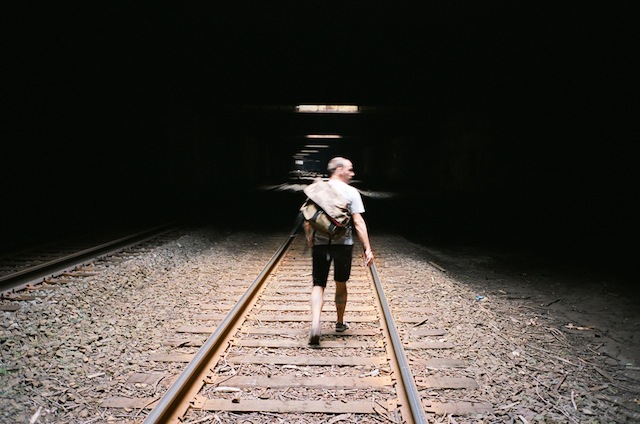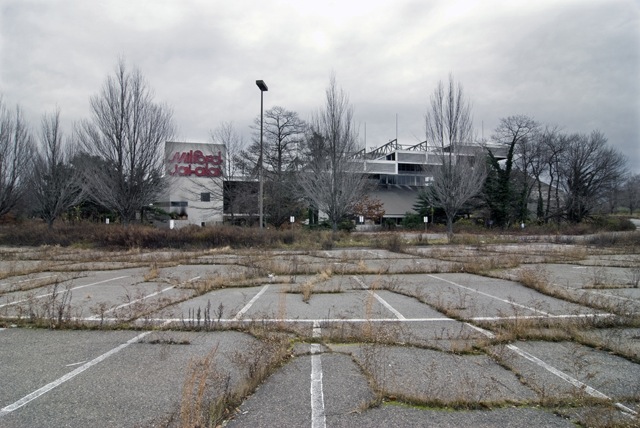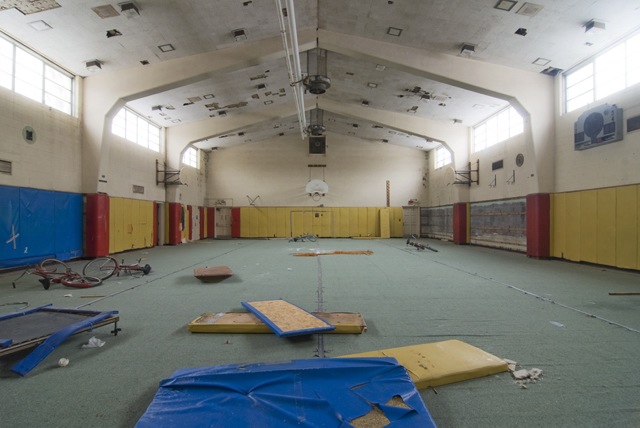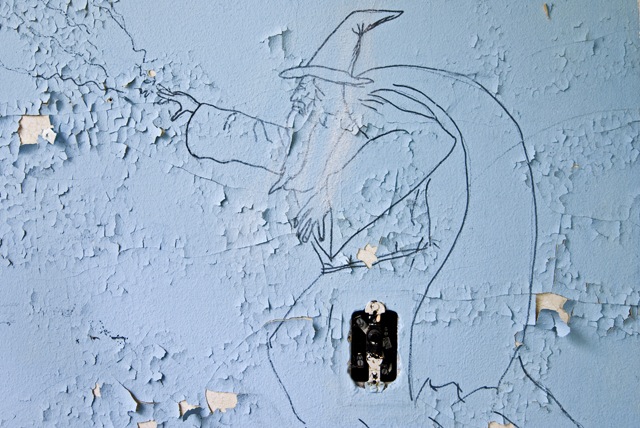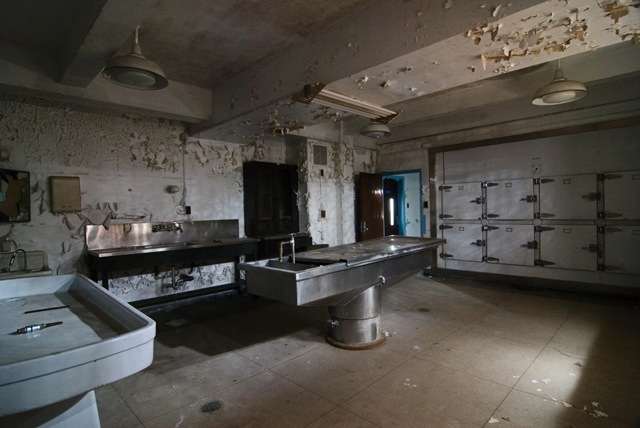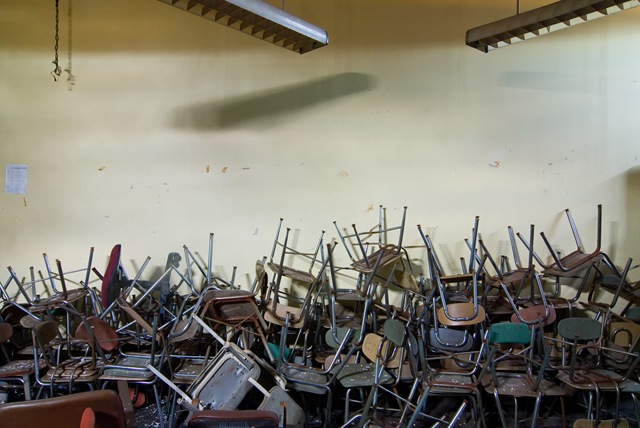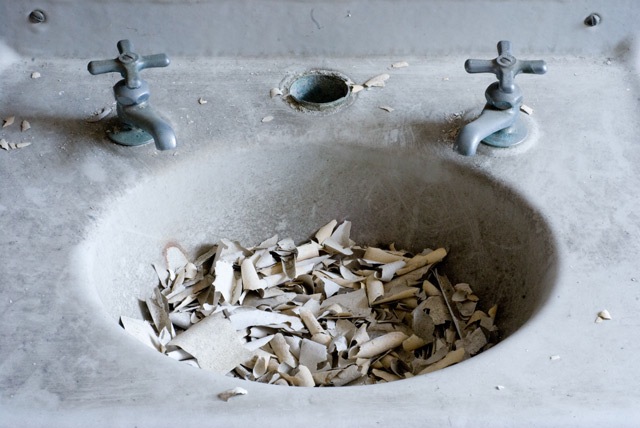Urban Exploration
When I was a kid the small logging town I lived in was in decline, or had at least stagnated economically. The once booming timber industry had dried up and only one of the three mills that had once driven the local economy was running full time. This is not to say that I lived in a ghost town, far from it. However all around were markers of times of plenty that had long since passed. The site where the one grocery store now rests was once the train stop, where several trains a day would pause to take on loads of freshly cut lumber to be delivered all over the state. These days the trains only pass through every several days or so and will only stop to drop off or pick up stray boxcars that are waiting for them. As children we would follow the tracks out the south end of town where there was a train tressel that had long since fallen into disrepair. No longer used, the tressel led to a mill that had been closed long ago leaving the structure abandoned. I remember feeling like I was the first person who had ever discovered this rusty, splinter ridden treasure, although the crude graffiti splattered all over the low walled sides was proof that this was not the case. No matter how short the walk from the center of my small town to the bridge, the trip always felt like an adventure.
photo by Jake Ricker use with permission
All this came flooding back to me when I saw this image in my Flickr contact stream recently, captured by the talented Jake Ricker. The subject of the photo is entering Freedom Tunnel an NYC “landmark” previously unknown to me. The tunnel, which has been sporadically used by Amtrak has been a shelter to the homeless and a perfect canvas for graffiti artists for years. In short this easily accessible monument to urbanization is a perfect hike for the urban explorer.
As the American economy transitions from it’s industrial roots to a more service based model our landscape is changing. Behemoths of industry that once dominated skylines in major cities are moving their workforce overseas or out of urban areas where the cost of labor is high. The most striking example as of late being Detroit. When presented with such a landscape some urbanites are not satisfied to leave these areas fenced up and rusting but dive deep into the dirty, splintered, and dilapidated corners of their surrounding in order that they might find beauty there, and there’s plenty to be found.
above photos by Rob Dobi use with permission
My first exposure to any art concerning urban exploration it was the work of Rob Dobi and his ongoing photo essay, New England Ruins. His photography is ominous, playful, and sometimes just plain creepy but always beautiful.
In many ways the built environments that we call home become one large concrete blur as we move from place to place, day after day. However it is the most mundane of these environments that quite often yield the most unexpected and joyful bits of life. Now get out there.
